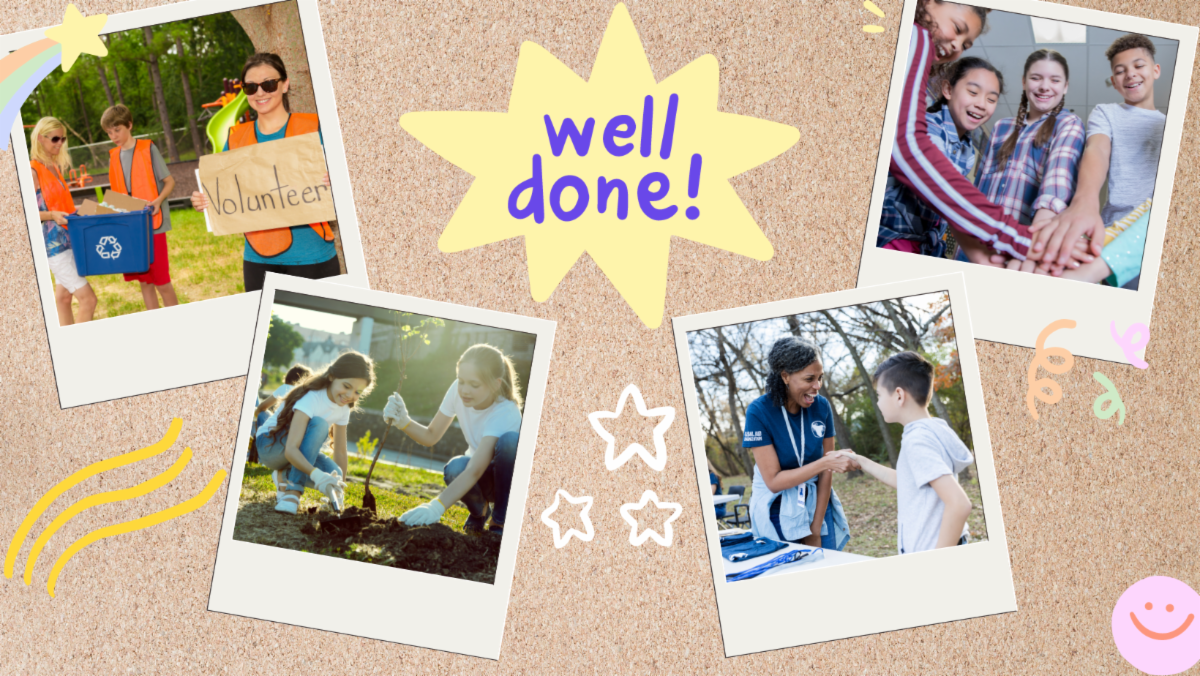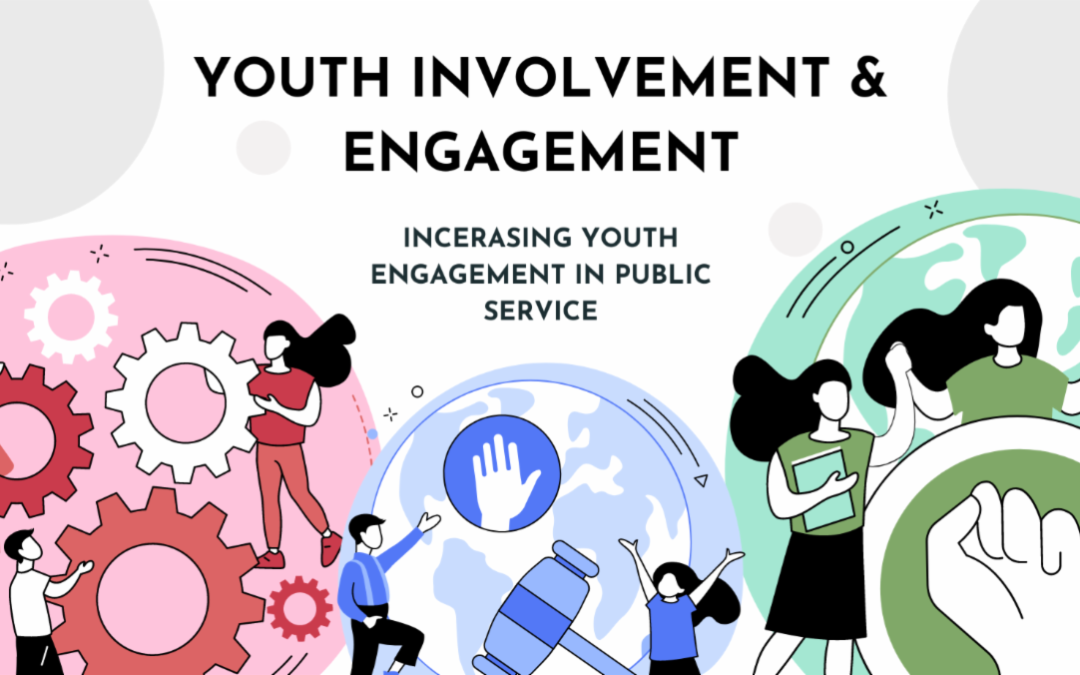How engaging youth participation builds future careers…
It’s no secret that many municipal offices, departments, and organizations have been experiencing staffing shortages. As many career professionals retired during the pandemic, all levels of staffing are in demand for labor. This situation speaks to structural gaps in hiring patterns, where a lack of diversity in age has created staffing issues. To avoid staffing issues like this, any industry needs to make sure it is bringing in new professionals at the same rate as its long-time professionals are retiring or leaving the field. One long-term solution to these structural issues is to create a system for youth engagement in municipal government so that a steady flow of young people are introduced to careers in public service at multiple points before they actually take up a job in public service. Youth involvement that is persistent, and caters to multiple ages will create a stronger impact on young people, and make it more likely for them to consider careers in municipal government.
Increasing youth involvement has many benefits. In the long term, introducing children to the field of public service means it will be a more prominent career option as they choose paths to take into adulthood. One of the biggest obstacles to starting a career is knowing what’s out there. It is impossible to know every career field and opportunity there is to take, but collecting a wide array can help someone make a more informed decision about what they want to do. While anyone looking to find a job can scroll endlessly through the job postings on various sites, giving your community members an in-depth, hands on experience with public service is more likely to stand out. The other long term benefit of increased youth involvement is that it can afford a department more visibility that can evolve into support for projects. Increased visibility and transparency into the inner workings of a department can materialize into public support for initiatives and projects. Good will with your community must be built up over time and youth involvement can be an extremely useful tool at building genuine trust.

There exists a plethora of ways to tailor involvement toward the youth in your community. The most efficient way would be to work with the schools to join in on pre-planned activities and events rather than starting from scratch. However should a department need to start new traditions there are some options that may fit your community. It should be noted that outreach for elementary aged children need not be career focused, but rather should focus on introducing the idea of community service in a way that is both fun, hands-on, and educational. Such activities for this demographic can include…
-
- Arbor day tree planting
- Water cycle field trip
- Earth day learning experiences with DPW
- Girl & Boy Scout Volunteering
Your community’s Fire and Police department may already have involvement activities planned with elementary school aged children, but it’s important to engage with other departments like Public Works that may not be as well known to this demographic. It is important to do this at multiple points throughout the many grades within elementary school, as only engaging with one grade once a year may not be enough to create a lasting impression.
As you create these engagement events it is important to tailor them to the specific youth demographic you are trying to reach. The middle school age group can take certain elements from the demographics it is sandwiched between. Engagement at this age level may begin introducing them to advisory boards, and certain job shadow days, but should also involve a level of fun to hold attention. An example of this can be found in certain ‘build a town’ or ‘build a city’ projects where students learn about all the departments necessary to have municipal functions, embracing both critical planning and playful creation. Mock government simulations invite students to do the same.

At the high school level involvement may take a more formal approach in the form of part-time jobs, internships, work-study, and job shadow days. Because the majority of youth engagement in government targets high school students your community might already have a program or project in place to introduce students to public service. The key with engaging high schoolers is to not only focus on the workings of government as a purely educational topic, but to present the field as an opportunity for students of a variety of interests. High school students may not be privy to the understanding that careers in municipal government encompass a wide variety of disciplines and degrees that they may be interested in. Because of this, youth involvement targeting high schoolers should not only include student government days, but also job shadow days where students can experience the work for themselves. On that note, even if your department cannot yet budget for paid part time positions that a high school student may be interested in, offering internships and work study opportunities is a strong engagement tactic. Many students may be looking to develop certain office work skills that they may bring to other jobs, or they may be looking to add to their college application. These options are at the very least worth considering if your office or department is having difficulty finding people to start careers in public service. Opportunities for high school students should be brought directly to guidance counselors at the high school rather than posted on various websites, as counselors have direct understanding of the interests of the students they work with and can pass along opportunities to interested individuals.
Besides the suggested tailored youth engagement, broader efforts to enhance the visibility and brand recognition of municipal organizations will, when done successfully, also reach young people in your community. A functioning and clear presence on social media will reach a broad audience of community members online, and introduce them to the work your department does.

With any luck, this persistent system of youth engagement will culminate and produce results with young adults and college students having a greater understanding of the career opportunities in public service. Beyond the ground work with other youth engagement opportunities, more career focused programs can draw young adults looking for jobs to your field. Opportunities like entry level positions, internships, career fairs, and networking events will bring your department and your field to the forefront of a young professional’s choices when looking to begin a career.
“Throughout Middle School and High School I was fortunate enough to participate in a variety of public service and volunteering opportunities, both within my town and in neighboring communities. While I didn’t realize it at the time, this experience was introducing me into the sphere of public service, as I developed a love of community engagement. It was not until I was in college that I was able to formalize these skills and experiences into a career path I wanted to explore. I remember like many post-grads the doom and gloom of the endless scroll on job posting sites, and dozens of applications that went without reply. It was getting back in touch with the love of public service and community organizing that led me to the job I have today.”
While staffing issues in the municipal world have a plethora of potential causes and potential solutions, youth engagement is one avenue your department can take to try and build a long term sustaining inflow of young professionals. With so many different electronic tools to post jobs and hire people, it can be easy to forget that people will still gravitate towards what they already have an understanding of. Building that understanding with the youth of your community will not only increase their interest in careers in public service, but will increase their civic understanding while also building a foundation for trust and participation. Above all else, engagement with young people should be persistent and engaging. Building these programs as traditions will have a lasting positive impact on your community and organization.

